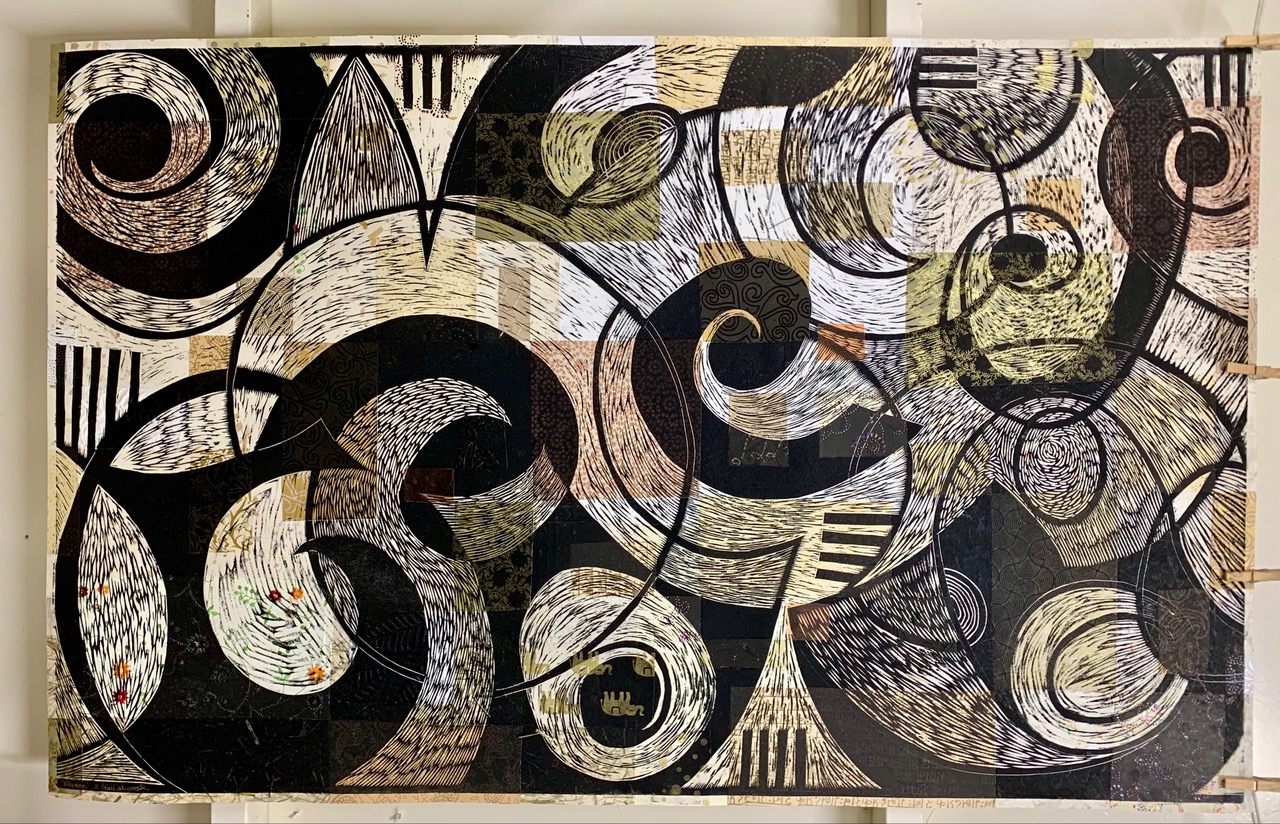Relief printmaking, a technique that involves carving away areas of a surface to create a raised design, has a rich and fascinating history that spans centuries. This artistic practice has evolved and transformed over time, leaving a lasting impact on the world of art. In this blog post, we will delve into the origins of relief printmaking, exploring its historical roots and tracing its development through different cultures and time periods.
Ancient Beginnings:
The origins of relief printmaking can be traced back to ancient civilizations, where it emerged independently in various parts of the world. One of the earliest known examples of relief printmaking comes from ancient Mesopotamia, where cylindrical seals were used to create impressions on clay tablets. These seals were intricately carved with designs and symbols, serving as a means of identification and communication.
Eastern Influences:
Relief printmaking also flourished in East Asia, particularly in China and Japan. In China, relief printing techniques were used as early as the Tang Dynasty (618-907 AD) to reproduce Buddhist texts and images. The woodblock printing method, where a design is carved into a wooden block and then inked and pressed onto paper, became widely practiced during the Song Dynasty (960-1279 AD). This technique revolutionized the dissemination of knowledge and played a crucial role in the spread of literature and art.
In Japan, relief printmaking took on a unique form known as ukiyo-e, or "pictures of the floating world." Ukiyo-e prints depicted scenes from everyday life, landscapes, and famous actors, capturing the essence of Japanese culture during the Edo period (1603-1868). Artists such as Hokusai and Hiroshige became renowned for their mastery of woodblock printing, creating iconic works that continue to inspire artists today.
European Renaissance:
Relief printmaking experienced a resurgence during the European Renaissance, as artists sought new ways to reproduce their works and disseminate ideas. The invention of movable type by Johannes Gutenberg in the 15th century revolutionized the printing industry, making it more accessible and efficient. Woodcuts and engravings became popular mediums for artists such as Albrecht Dürer, who used relief printmaking to create intricate and detailed images.
Modern Innovations:
In the 20th century, relief printmaking continued to evolve with the advent of new materials and techniques. Artists like Pablo Picasso and Henri Matisse experimented with linocut, a variation of relief printmaking using linoleum blocks, pushing the boundaries of the medium and exploring new possibilities. Relief printmaking also found its place in the realm of graphic design, with artists like El Lissitzky and Tadanori Yokoo incorporating the technique into their bold and dynamic compositions.
Conclusion:
Relief printmaking has a rich and diverse history, originating in ancient civilizations and evolving through different cultures and time periods. From the ancient seals of Mesopotamia to the woodblock prints of East Asia and the Renaissance engravings of Europe, relief printmaking has left an indelible mark on the art world. Its continued relevance and adaptability in the modern era demonstrate the enduring appeal and versatility of this artistic technique.

